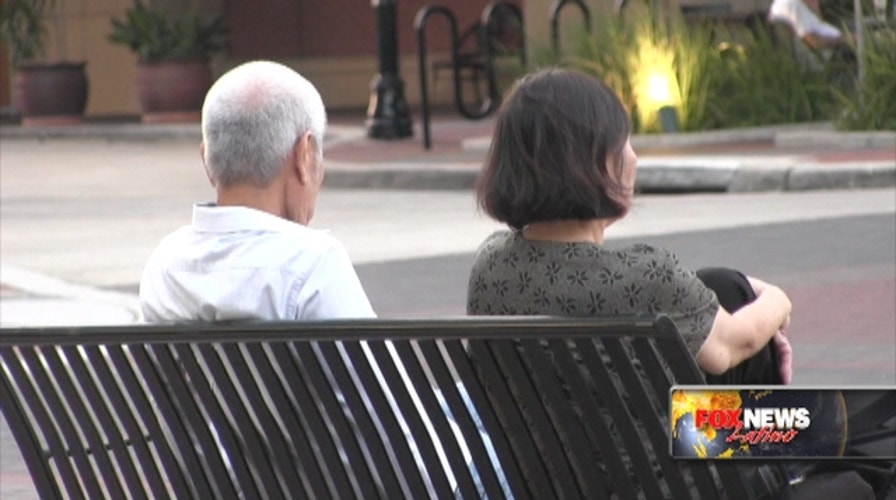“If you can walk you can tango,” or so says the researcher behind a Houston-based study trying to prove that, even if they appear frail, seniors can benefit greatly with the synchronized – and touchy – Argentinian dance.
Martina Gallagher, assistant professor at the University of Texas’ Health Science Center School of Nursing and an avid tango student, says her interest in conducting this research was sparked when she visited a relative who lives in an assisted living facility.
“I went to see my aunt who is elderly and has Alzheimer’s disease and noticed that her body position was one of hugging herself,” said Gallagher to Fox News Latino. “In tango there is a move, a way you dance and we call it the embrace. Tango is basically dancing in a hug,” she added.
Love is tango and tango is love! Yes, it is a dance, yet so much more then just any dance. It is an ongoing conversation between two souls, two hearts and two bodies. It is a sacred dance we enter in with one another, where both 'masculine' and 'feminine' feel fully expressed and honored.
“What this research intends to prove is that tango is a feasible way of engaging seniors in a physical activity in an enjoyable way, and that they can do it for a lifetime,” she added.
The combination of physical contact, motion and balance that occurs while dancing tango was precisely what prompted Gallagher to propose the research to her colleague Dr. Sabrina Pickens.
For Pickens, who specializes in geriatric research, it is apparent that the implementation of this type of dance could bring not just physical but also emotional benefits to the elderly.
“With tango, I believe it can improve their balance and their range of motion,” she said. “As far as cognition, I believe it can improve if they have depression, release some of those symptoms and improve their own quality of life.”
Could the physical proximity tango is known for, be too intimidating for the elderly? “Not at all,” says Pickens. “Studies have shown that older adults in assisted living facilities welcome physical touch. That’s in part because their immediate family usually lives far away and the physical touch they are exposed to is limited.”
For now, Gallagher and Pickens are focused on securing the funds to conduct the study — they are planning to submit grants proposal to various organizations by the end of this year. In the meantime, they are conducting assessments with seniors and staff in assisted living facilities while engaging their nursing students.
“What tango has done for me is that I have learned a lot about the role of following a leader and the role of the follower. The role of the follower is actually very important,” said Gallagher, who estimates the study will take approximately six months.
“We hope that based on our preliminary studies we can implement tango lessons throughout the United States and different assisted living facilities and perhaps even nursing homes,” she said.

